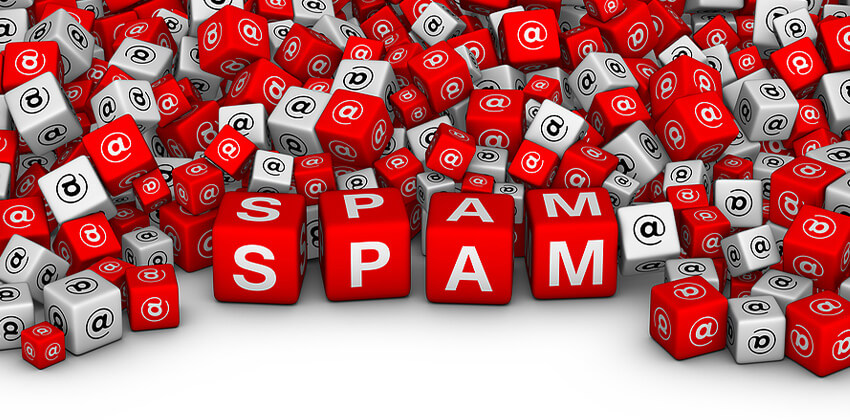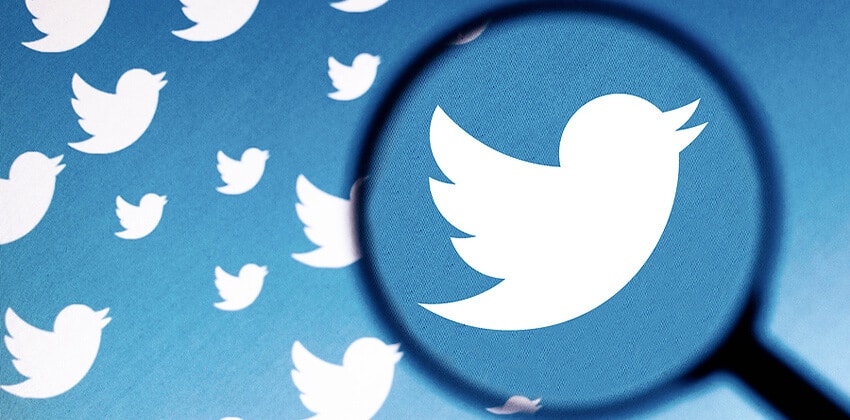
By Susan P. Joyce
Many people in business and government receive thousands of email messages a week or, for some unfortunate people, per day. Frequently, the messages are unsolicited and irrelevant time-wasters that people learn to ignore.
Spam filters attempt to remove the “junk mail” in circulation, and spam filters are everywhere! They are run system-wide by large email providers, like Gmail, and they are also run for networks (Verizon, Charter, etc.), businesses, and even individuals on their own computers.
All those spam filters create major barriers to email getting through to the sender.
With all of that “noise” clogging up email systems, don’t assume that your e-mail messages will be received by the intended recipient, particularly the first message you send to someone who doesn’t know you and/or who isn’t expecting a message from you.
How Spam Filters Work
With “spam” (bulk, unsolicited, commercial e-mail and junk messages) reportedly making up over 98% of e-mail these days, and with much of it also carrying computer viruses, most public and private e-mail systems are protected by software filters.
These spam filters stand guard at the entrances to e-mail systems, separating “good” e-mail messages from “bad” ones by analyzing the headers and contents.
In most cases, a human being never sees the messages or may see only the contents of the Subject, the From, and the To fields.
Unfortunately, spam filters are not perfect. So a “good” message, like one from you responding to a job lead, may not be received. That’s called a “false positive,” and it happens with more frequency than you think.
Usually, you don’t receive a message letting you know that your message was not delivered. So you never know what happened to your message. You just don’t get a response.
Even if someone is expecting to receive a message from you, the strategies, below, for avoiding the filtering software traps should help. Note that doing any one of these things MAY be OK, but doing several of them in the same message is asking for trouble.
To Minimize Spam Filter Impact:
- When you have made a friendly contact inside your target organization, ask them to add your e-mail address to their address book and/or to the company’s e-mail “friends” list (also called a “white list”).
- Follow whatever directions an employer may provide about sending them your resume.
- Expect that some of your messages may not get through to the recipient, and use that fact as a reason to follow up on your e-mail with a phone call.
Sadly, not hearing from an employer is not a guarantee that your resume was caught in a spam filter. Employers are not good at acknowledging receipt of resumes or applications. If you haven’t heard after a week, you might want to give them a call (not an email) to see if they received your resume. They should understand your concern, but they may not. So, follow up on resume submissions very cautiously. See number 7 below, for another option.
Avoiding Spam Filters:
Unfortunately, complying with these tips does not guarantee that your message will get through. But, following them will help reduce the probability that your e-mail will be blocked.
1. Pick your e-mail provider carefully.
A “bad” ISP will stop your e-mail from getting through — all by itself. No question.
Your messages may get killed just because the source (the Internet Service Provider, ISP) is considered “bad.” ISP’s are added to “black lists” for a variety of reasons, often including that either they are, or appear to be, a source of spam. Check out your ISP’s domain name at spam-fighting sites like the Spamhaus Project (Spamhaus.org) to see if your ISP is listed as a source of spam or an “open relay.”
The good news is that most ISP’s work hard to get off a blacklist if they get put on one. Sometimes the blacklisting only lasts a few days. If it lasts longer, find a better ISP.
2. Avoid sending a message to a large number of addressees simultaneously.
If you try to send a message to 50 or more addressees, your ISP may stop your message going out because they suspect it is spam(they don’t want to be added to the “bad ISP” list, as in #1, above). On the receiving end, spam filters may view the large number of addressees the same way, and kill or divert your message to an infrequently visited probable spam folder.
>Sending an e-mail message with your resume to 50 addressees at once is really not a good idea, anyway. Customized messages and resumes are MUCH more effective (see Standing Out from the Crowd for more information).
3. Keep the “Subject” field simple, but not blank.
Don’ts:
- Don’t put punctuation in your messages subjects, particularly exclamation marks.
- Don’t use words with all the letters capitalized in the subject.
- Don’t use the words used by spammers, like “free,” “great offer,” “investment,” “prescription,” “medication,” “mortgage,” etc. in the Subject – or the body – of the message.
- Don’t use numbers or dollar amounts.
Bad subject line: FREE RESUME OF $100,000 EXECUTIVE!
Good subject line: Retail manager w/10 years of experience
4. Send “plain text” e-mail as often as possible with few links.
If you can specify the font face, size, and color in your e-mail, you are sending out HTML e-mail which is not plain text. Spammers often use HTML e-mail (with hypertext links in them), so best practice is to use plain text.
5. Watch your language!
Avoid words which are over-used in spam. Think of the products and services most frequently offered in junk messages (e.g. popular prescription drugs, mortgages, body part enlargement products, insurance, money-making opportunities, etc.), claims often made (e.g., making lots of money), and words frequently used in those messages like “free” and “spam” (as in “this message is not spam”). Exclude those words from your messages if you can.
Pay attention to the words and phrases you would typically use on a resume. Appropriate phrases like “increased sales $xxxxxx” can trigger the spam filters which see the dollar amounts in your message as characteristic of spam (as in “make $10,000 a month from home working part time”).
6. Don’t attach your resume to your e-mail (unless specified by the employer) and, particularly, don’t attach it as a compressed file (.zip, .tar, etc.).
Copy and paste your resume into the body of your e-mail message. See Job-Hunt’s Internet Resume section for help converting a Microsoft Word document into plain text, and then cutting and pasting your resume into an e-mail.
7. If possible, follow-up on your e-mail with a “snail mail” version sent to the real postal address.
This is a great way to establish contact and stay in touch with a person! Reference the e-mailed version you sent (including the date, time, and subject if possible).
MOST software filters stop messages that demonstrate several of these characteristics, not any single one (except the first one). And, the triggers will change over time as spammers also change their tactics to beat the filters. As the spammers modify their approaches, the filters will change as well to defeat them. This could be called a “vicious cycle.” So stay alert, and stay tuned!
Yes, this is a major annoyance! But ignoring the possibility that your message won’t reach the addressee is like the ostrich sticking its head in the sand to avoid seeing what it doesn’t want to see. The problem exists. It’s much better to be aware of it and do what you can to overcome it.
Note: Directions provided by an employer should always be followed when applying to that employer regardless of what is written here.
Bottom Line:
Observe the common characteristics of the spam you receive, and do your best to avoid having your e-mail demonstrate the same characteristics. If you have your own spam filter, pay attention to what it accepts and what it rejects.
 About the author…
About the author…
Online job search expert Susan P. Joyce has been observing the online job search world and teaching online job search skills since 1995. A veteran of the United States Marine Corps and a recent Visiting Scholar at the MIT Sloan School of Management, Susan is a two-time layoff “graduate” who has worked in human resources at Harvard University and in a compensation consulting firm. Since 1998, Susan has been editor and publisher of Job-Hunt.org. Follow Susan on Twitter at @jobhuntorg and on Facebook, LinkedIn.
More about this author…
Don't forget to share this article with friends!




